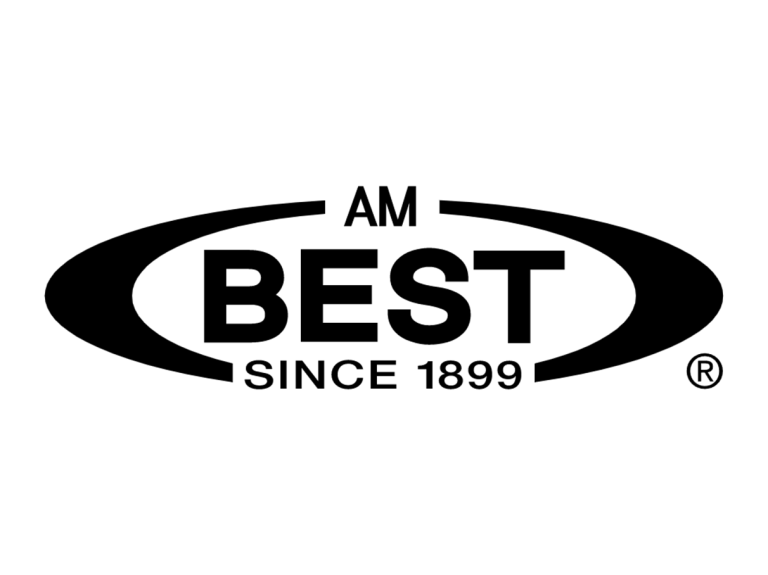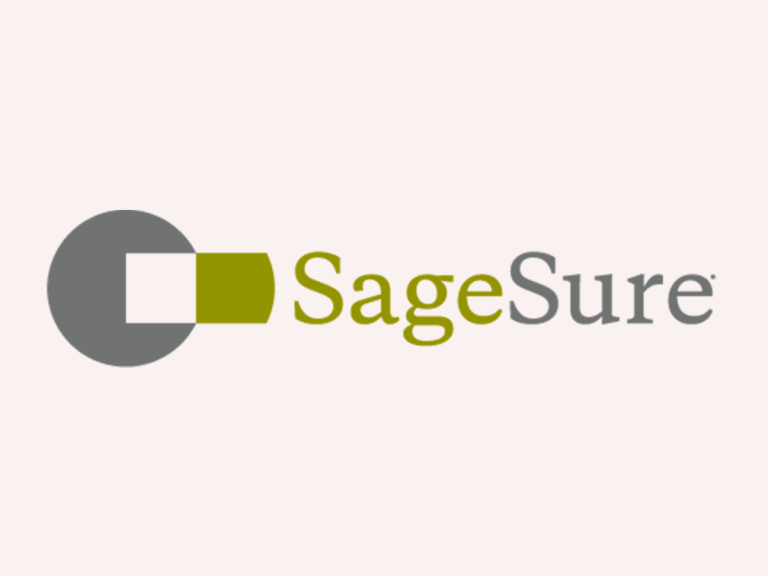Ratings agency AM Best said it will review all its rated fronting carriers in light of the fraud claims concerning Vesttoo and its collateral arrangements.
Vesttoo is an insurtech that connects capital market participants with (re)insurance risk and has recently been embroiled in claims regarding fraudulent collateral.
The ratings agency said: “With the recent published news reports on Vesttoo, an insurtech platform, AM Best is monitoring the rapidly evolving situation and reviewing its rated fronting carriers and other insurers that have material amounts of reinsurance counterparty credit risk and reliance on various forms of collateral. Based on this review, rating actions will be taken as warranted.”
AM Best said that that the level of collateral in a reinsurance transaction will be dependent on the cedant’s reinsurance counterparty risk appetite, as well as regulatory requirements.
When it assesses an insurance company’s balance sheet, AM Best said it considers factors including the quality of reinsurance, dependency on reinsurance and the appropriateness of the reinsurance programme.
The fronting market, particularly in the United States where growth has been rapid in recent years, driven by programme business more than captives, has been under scrutiny since AM Best revised its outlook for Trisura Group to negative from stable.
The Canadian insurer had revealed a CAD 81.5m one-time write-down of reinsurance recoverables in Q4 resulting from its fronting of a US property and casualty captive programme.
Captive Intelligence published a long read in April explaining why the Trisura impairment is a cautionary tale for captive fronting business.
Brady Young, chairman of Concert Group, a fronting company focused on captive business, told Captive Intelligence at the time that there was risk of a race to the bottom as the fronting market booms.
“There has been huge growth over the past five years in the fronting of programme business, but a lot of that is not really captive fronting,” Young said.
“It is fronting for MGUs that might involve a captive as well, but I wouldn’t consider it classic captive fronting.
“In the programme fronting, the increased competition and growth does risk a race to the bottom with regards rates and operations.






